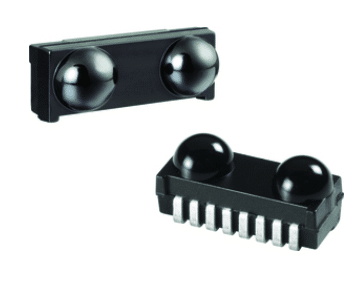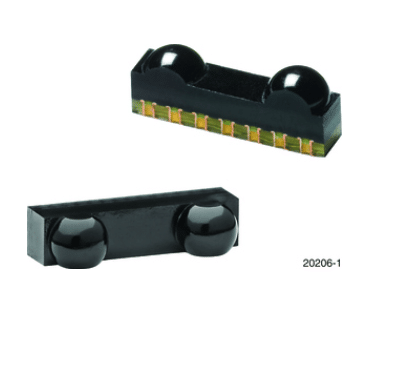Ideal for energy meters, industrial controls, mobile phones, and medical equipment applications, these modules now support higher data rates and extended link distances while maintaining low power consumption.

Vishay Intertechnology, Inc. has announced enhancements to its TFBS4xx and TFDU4xx series of infrared (IR) transceiver modules for IrDA applications. Designed for wireless communication and data transmission in devices such as energy meters, industrial automation controls, mobile phones, and medical equipment. They include a PIN photodiode, an infrared emitter (IRED), and a low-power control integrated circuit (IC) in a single package. By incorporating the company’s latest IC and surface emitter chip technology, the company ensures the long-term availability of its IRDC products. These modules are designed as drop-in replacements for existing devices, eliminating the need for costly and time-consuming printed circuit board (PCB) redesigns.

The key features include:
- 20% increase in link distance
- Improved ESD robustness up to 2 kV
- Supports data rates up to 115.2 kbit/s (SIR)
- Link distances of up to 1 meter
- Low power consumption: idle supply current of < 70 μA, shutdown mode current of < 1 μA
- Wide operating voltage range of 2.4 V to 5.5 V
- Operating temperature range from -25 °C to +85 °C
These devices comply with the latest IrDA physical layer specification and maintain full backward compatibility. They are available in top- and side-view surface-mount packages, providing easy, plug-and-play replacements for existing series devices. The modules are RoHS-compliant, halogen-free, and adhere to the company’s Green standards. They come in various package sizes.
For more information, click here.
The post Infrared Transceiver Modules For Improved Wireless Communication appeared first on Electronics For You.
View more at https://www.electronicsforu.com/news/infrared-transceiver-modules-for-improved-wireless-communication.
Credit- EFY. Distributed by Department of EEE, ADBU: https://tinyurl.com/eee-adbu
Curated by Jesif Ahmed